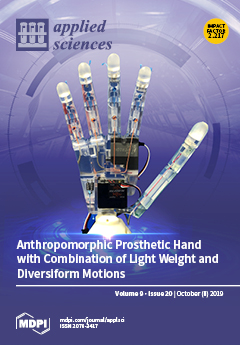Using remote sensing images of different time phases from 1990 to 2018, the surface coverage information of northern Yantai (coastline, 2 km from coastline to land) was extracted by means of average high tide line and visual interpretation. The end point change rate
[...] Read more.
Using remote sensing images of different time phases from 1990 to 2018, the surface coverage information of northern Yantai (coastline, 2 km from coastline to land) was extracted by means of average high tide line and visual interpretation. The end point change rate (EPR) and linear regression rate were used to study the coastline change rate, the fractal dimension of the coastline in the study area was analyzed, and the change of the type of coastal surface cover was analyzed by the transition matrix. The results show that: (1) Form 1990 to 2018, a significant trend of a continuous increase in the total length of coastline was observed with an increase of 181.08 km (43.18%). In the study area, the coastline of Laizhou had the greatest change rate with an EPR value of 33.67 m/a, whereas the coastline of Laishan had the smallest change rate with an EPR value of 0.30 m/a. (2) Over the past 30 years, with the rapid economic development of Yantai and the ensuant urbanization, the total surface area of the coastal zone in the study area has increased by 144.94 km
2, mainly in the areas covered by structures and forests/grasses, by 112.96 km
2 and 96.08 km
2, respectively, while the areas of desert/bare land and water have decreased by 92.26 km
2 and 12.32 km
2, respectively. (3) The changes among different types in the study area were clear, mainly from desert/bare land, cultivated land, and building areas to forests/grasses cover and structures. The change areas were mainly concentrated in Laizhou, Longkou, Zhifu, and Penglai. Frequent human activities are an important factor affecting the continuous expansion of the coastal areas of Jiaodong Peninsula to the sea. Aquaculture, coastal construction, construction of artificial islands, and expansion of port terminals have seriously affected the sustainability of ecological resources in the coastal areas. At the same time, the changes in the ecological environment in the coastal zone will have a greater impact on the health of the coastal zone.
Full article





